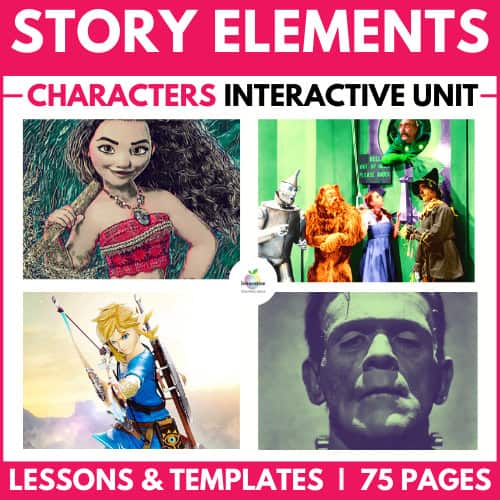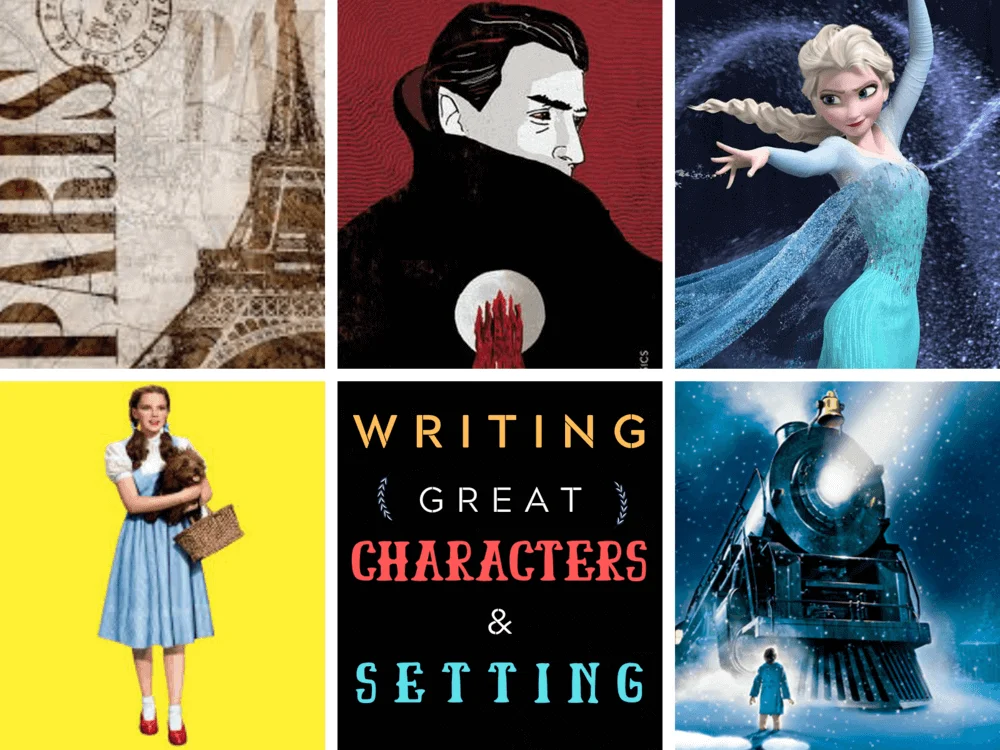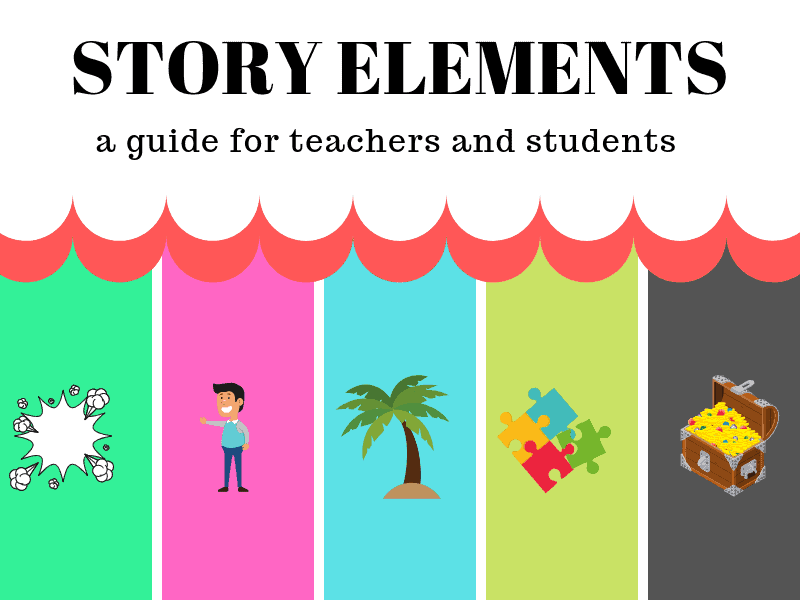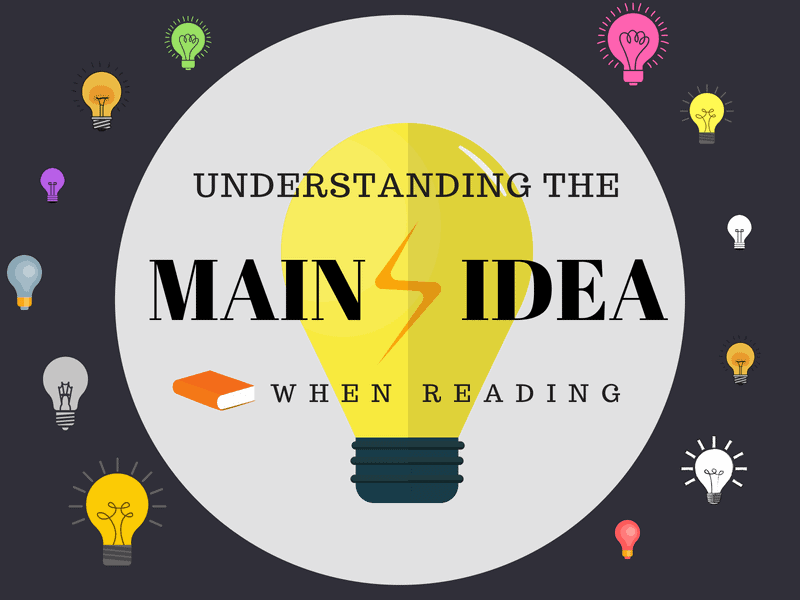
What Is a Short Story?
The clue is in the title!
Short stories are like novels only…well…shorter! They contain all the crucial elements of fully developed stories except on a smaller scale.
In short story writing, you’ll find the key story elements such as characterization, plot development, themes explored, etc., but all within a word count that can usually be comfortably read in one sitting.
Short stories are just one of many storytelling methods; like the others, they help us derive meaning from our world.
How Do Short Stories Differ From Novels?
The reduced scale of a short story explains most of the differences the form has with longer forms such as novels.
Short stories usually have a tighter focus on a single main character and rarely shift between perspectives the way we often find in longer works of fiction.
Space is of the essence in this form, so long passages of exposition are usually avoided and the story starting at the last possible moment.
In purely numerical terms, short stories can be anywhere between about 1,000 to around 20,000 words or so, though many would consider even 10,000 too long.
A short novel clocks in at around 60,000 words, with word counts between 20-60,000 words being taken up by that red-headed stepchild of prose, the novella.
How to Write a Short Story
Good storytelling is an art. But, luckily it’s a craft too and, like any craft, the skills and techniques can be learned by anyone.
In this article, we’ll first take a look at some ways to kickstart the short story writing process, before taking a look at some of the structural considerations essential for students to understand before they write their short stories.
We’ll also explore some simple practical activities that will help students to draw on their creative resources and personal experiences to help bring their stories to life.
Finally, we’ll look at some general tips to help students put a final polish on their masterpieces before they share them with the world.
How to begin a story

Create a Dramatic Question
The first thing a student needs to do when writing a short story is to create a dramatic question. Without a dramatic question, readers will have no motivation to read on as there will be no story.
This dramatic question can take many forms, but as it will be the driver of the plot, it will be the single most important element of the story.
Take the movie Rocky as an example. In it, an aging journeyman boxer, Rocky Balboa, answers two dramatic questions:
1. Will Rocky find love?
2. Can he become the Heavyweight Champion of the World?
Often the dramatic question is of this will she/won’t she type. But, whatever form it takes, there must be some obstacles put in the way of answering it.
These obstacles can come in the form of an external obstacle, such as an antagonist or a negative environment, or the form of an internal obstacle, such as heartbreak or grief.
This is the conflict that creates the crucial element of suspense necessary to engage the reader’s interest.
Whatever form a student’s dramatic question takes, it will provide the plot impetus and how the student will explore their story’s theme.
Practice Activity: Identify the Dramatic Question
It is good practice for students to attempt to identify the dramatic question any time they read a book or watch a movie. Ask the students to think of some classic or popular books and movies that they are already familiar with. Can they extract the major dramatic question from each?
Find Inspiration in the World Around
One of the most common complaints from students, when asked to write a short story, is that they don’t know what to write about. This is the age-old curse of writer’s block.
Figuring out what to write about is the first hurdle students will need to overcome. Luckily, the inspiration for stories lies everywhere. We just need to help students to know where to look.
As writers, students must learn to see the world around them with the freshness of the eyes of a young child. This requires them to pay close attention to the world around them; to slow things down enough to catch the endless possibilities for stories that exist all around.
Luckily, we have the perfect activity to help our students to do this.
Practice Activity: Breathe Life into the Story
We can find stories and the details for our stories everywhere.
Students need to tune their ear to the fragments of stories in snatches of overheard daily conversations. They need to pay enough attention to catch their own daydreaming what-ifs on the bus to school or to keep an eye out for all those little human interest stories in the local newspaper.
Once the living details of life are noticed, students need to capture them quickly by recording them in a journal. This journal will become a great resource for the student to dip into for inspiration while writing their stories.
Those half-heard conversations, those anecdotes of street life witnessed through a bus window, the half-remembered dreams scribbled down while gulping down a rushed breakfast. All these can provide jumping-off points and rich detail for a student’s short story.
Outline and Prepare
Preparation is important when writing a short story. Without a doubt. There is, however, a very real danger of preparation becoming procrastination for our student writers.
Students must learn to make their preparation time count. The writing process is much more productive if students invest some time in brainstorming and organizing their ideas at the start.
To organize their short story, students will need to understand the basic elements of structure described in the next section, but the following activity will first help them to access some of the creative gold in their imaginations. The discipline of structure can be applied afterward.
Practice Activity: Dig for Nuggets
For this activity, give each student a large piece of paper, such as a leaf from an artist’s sketchbook, to brainstorm their ideas. Employing a large canvas like this encourages more expansive thinking.
Instruct students to use colored pens to write sentences, phrases, and fragments, even doodles. Anything that helps them to dump the contents of their mind onto the paper. This is all about sifting through the rubble for those nuggets of gold. Students shouldn’t censor themselves, but instead, allow their mind’s free reign.
To help your students get started, you can provide them with some prompts or questions as jumping-off points. For example:
- What is your basic premise?
- What is the story about?
- Who are your main characters?
- Where is your story set?
Encourage students to generate their own questions too by allowing their minds ample room to roam. Generating new questions in this way will help them gather momentum for the telling of their tale.
SHORT STORY WRITING STRUCTURE
Even getting off to a great start, students often find themselves in difficulties by the middle of their story, especially if they haven’t achieved a firm grasp of structure yet.
The main elements students will need to master are plot, theme, and character development.
In this section, we’ll take a look at each of these in turn.

Plot
Plot refers to the events of the story. This is the what of the tale. It’s useful for students to understand the arc of the plot in five sections: exposition, rising action, climax, falling action, and resolution.
Exposition: This is the introductory part of your story. It should introduce the reader to the central characters and orientate them to the setting.
Rising Action: Here the student begins by introducing the central dramatic question which will be the engine of the story. A series of obstacles must be placed in the way of the main character that will increase suspense and tension as the story moves forward toward the climax.
Climax: The climax is the dramatic high point of the story. This is where interest peaks and the emotions rise to their most intense.
Falling Action: Now the conflict is resolving and we are being led out to the story’s end.
Resolution: The central dramatic question has been answered, usually in either a happy or tragic manner, and many loose ends are tied up.
Practice Activity: Instruct students to use the five-part plot structure above to map an outline for their tale before writing.
Theme
If the plot consists of the series of events that constitute the story, then the theme refers to what those events mean.
The theme of a story is the underlying message of the story.
What is the ‘big idea’ behind all the action of the plot? This is open to a certain amount of interpretation on the part of the reader, but usually, a little reflection by the student writer will reveal what the events of the plot mean to them.
If, as described in the introduction, stories are how we derive meaning from the world, the theme will reveal the writer’s perspective on things.
Practice Activity: Organize students into groups and ask them to list their Top 5 movies or books of all time. Instruct them to briefly outline the main plot points using the plot structure above. When they’ve completed that, instruct the students to discuss what they think the main themes of each of the works of fiction were.
A COMPLETE UNIT ON TEACHING STORY ELEMENTS
Character Development IN SHORT STORY WRITING

No doubt about it, characterization is essential to the success of any short story. Just how important characterization is will depend on whether the story is plot-driven or action-driven.
In the best writing, regardless of genre or length, the characters will be at least plausible. There is a lot that students can do to ensure their stories are populated with more than just cardboard cutouts.
One effective way to do this is to reveal a character through their actions. This is the old show, don’t tell trick at work.
A good short story writer will allow the character to reveal their temperament and personality through their actions.
For example, instead of merely describing a character as putting a mug on the table, perhaps they bring it down with a thud that betrays their anger.
Another great way to reveal character is in the use of dialogue. How characters speak to each other in a story can reveal a lot about their status, mood, and intent, etc.
Our students must learn to draw complex characters. Archetypes may serve us well in some contexts, but archetypes are not real people. They are caricatures. If our students want to people their fictional world with real people, they need to create complex, even contradictory characters, just like you and I are.
If their characters are too consistent, they are too predictable. Predictability kills suspense, which in turn kills the reader’s interest.
Practice Activity: Reveal Mood through Action
For this simple activity, provide the students with a list of emotions. Now, challenge the students to concoct a short scene where a character performs an action or actions that reveal the chosen mood.
To start, you might allow the students a paragraph in which to reveal the emotion. You might reduce this to just a sentence or two as they get better at it. Remind students that they need to show the emotion, not tell it!
HOW TO POLISH AND REFINE A SHORT STORY
Now students have already had a look at how to begin and how to structure a story, we’ll take a look at a few quick tips on how they can polish their stories generally – especially during the editing process.
Write Convincing Dialogue:
For students, investing time in learning how to write great dialogue is time well spent.
Not only is well-written dialogue great for revealing character, but it will break up intimidating walls of text too.
Dialogue is a great way to move the story forward and to provide subtle exposition.
As mentioned earlier, journals are the perfect place to dump interesting snatches of conversation that become a valuable resource for writing convincing dialogue – except, of course, if you are passing through North Korea or the like!
Vary Sentence Length:
When finished with their first drafts, encourage students to read their work out loud when editing and rewriting.
Often, students will be surprised to realize just how regular the rhythm of their sentences has become.
Like musicians, writers have chops. It’s easy to fall back on the same few favored structures time and again. Students can do a lot to spice up their writing simply by varying sentence lengths.
Shorter sentences are pacier and punchier while longer sentences can slow things down, calming the reader, then, boom!
Varying sentence length throughout a story prevents the writing from becoming stale and monotonous.
Punctuation:
As with varying sentence length above, the rhythm of a story can be altered through the choice of punctuation.
Students can think of punctuation as musical notation marks. It’s designed to help the reader understand the composer’s intention for how it is to be read and interpreted.
Students should understand punctuation as an imperfect but effective tool. Its use affects not only the work’s rhythm but also the meaning.
It is well worth the student’s time to perfect their use of punctuation.
To Conclude
There are a lot of moving parts to short stories.
From the nuts and bolts of grammar and punctuation to crafting a plot and exploring big thematic ideas, mastering the art of short story writing takes time and lots of practice.
With so much ground to cover, it’s impossible to address every aspect in a single unit of work on short story writing.
Be sure to offer students opportunities to see the short story in action in the work of accomplished writers, as well as opportunities to practice the various aspects of short story writing mentioned above.
Draw attention to writing best practices when they appear even in work unrelated to the short story.
Lots of time and plenty of practice might just reveal a latter-day O. Henry or Edgar Allen Poe sat in one of the desks right in front of you.
SHORT STORY WRITING CHECKLIST BUNDLE
⭐⭐⭐⭐⭐ (92 Reviews)










